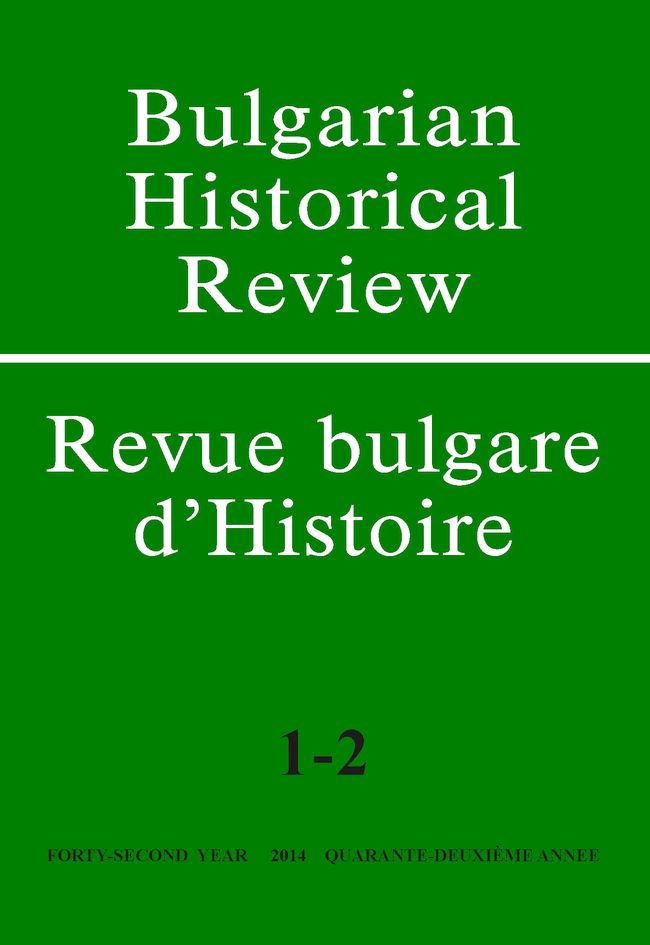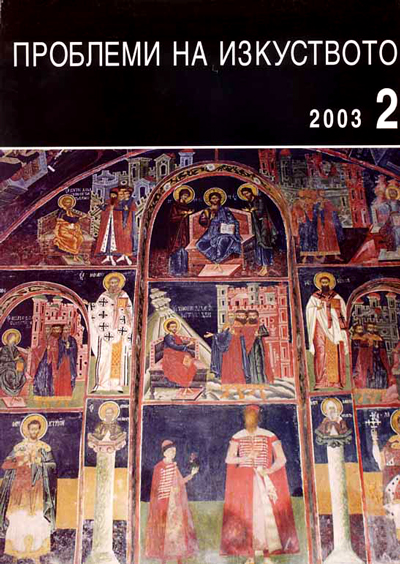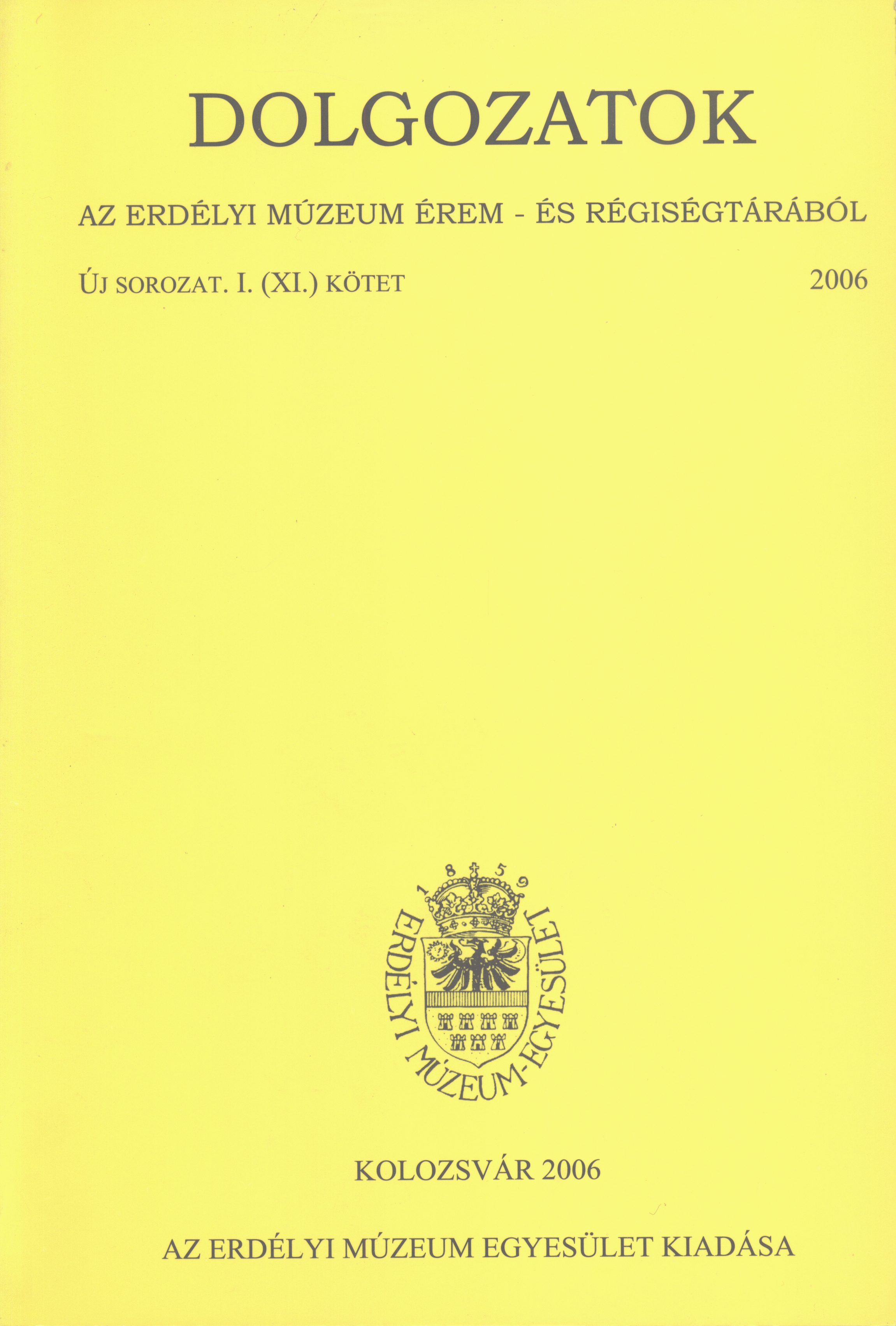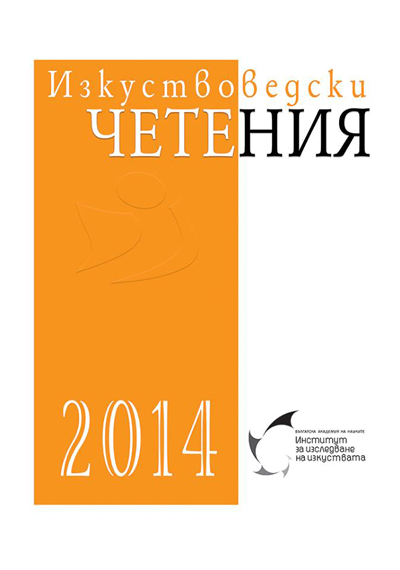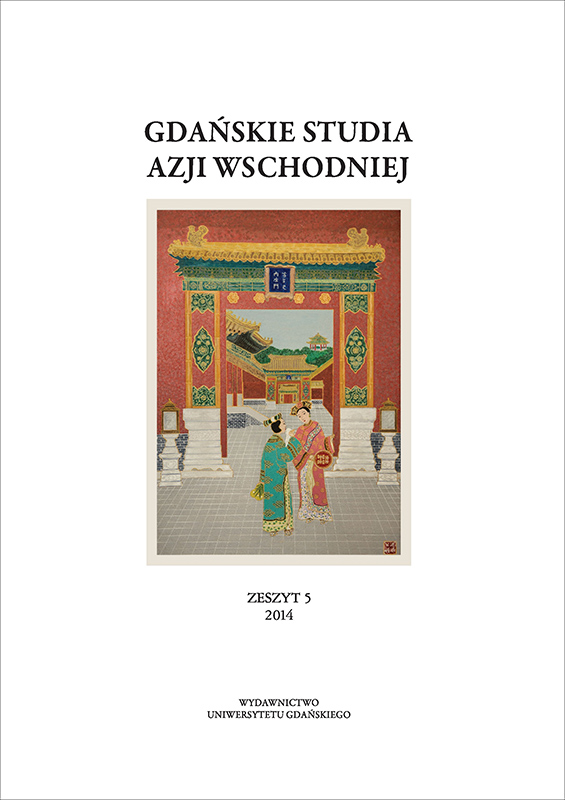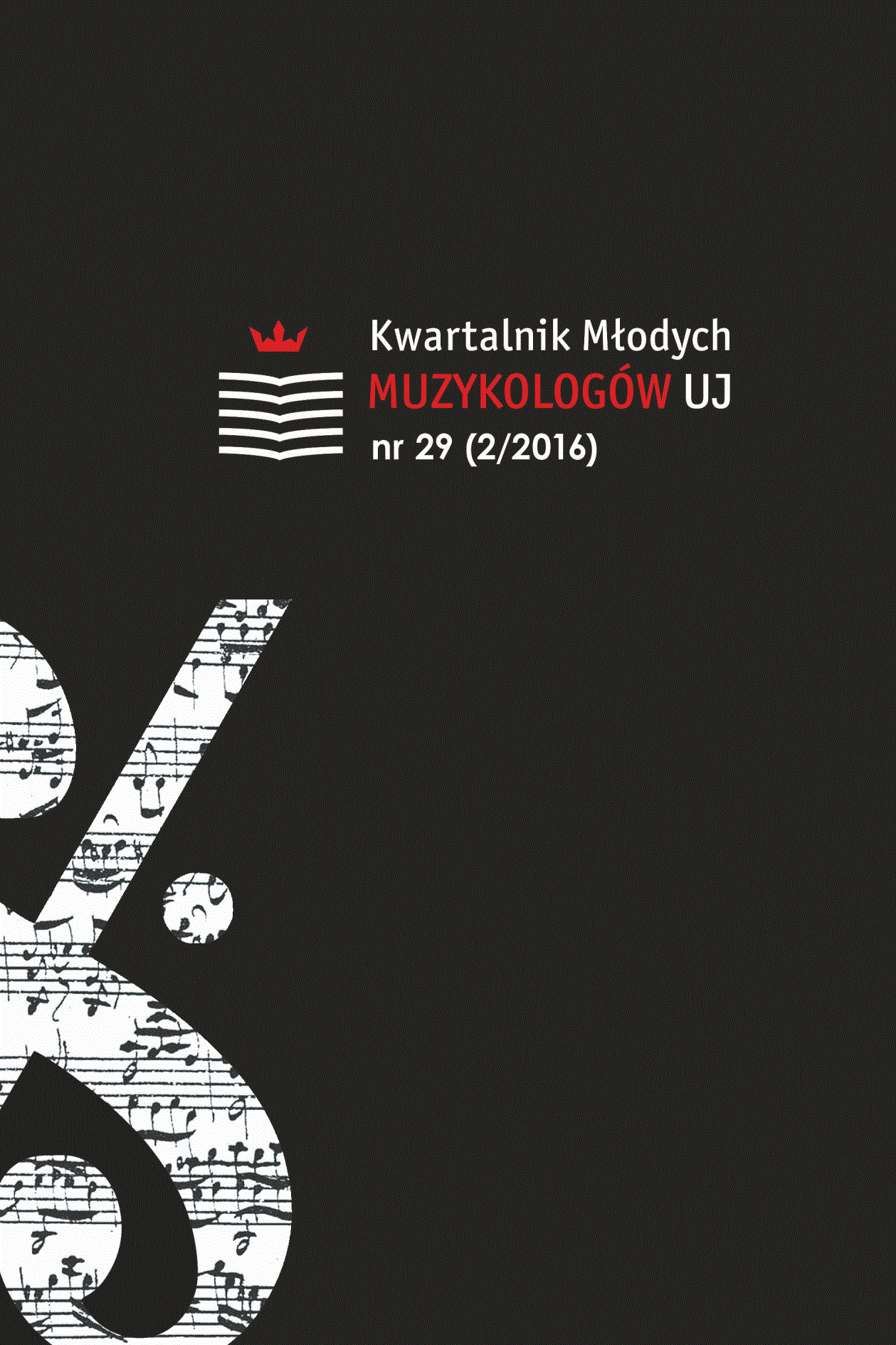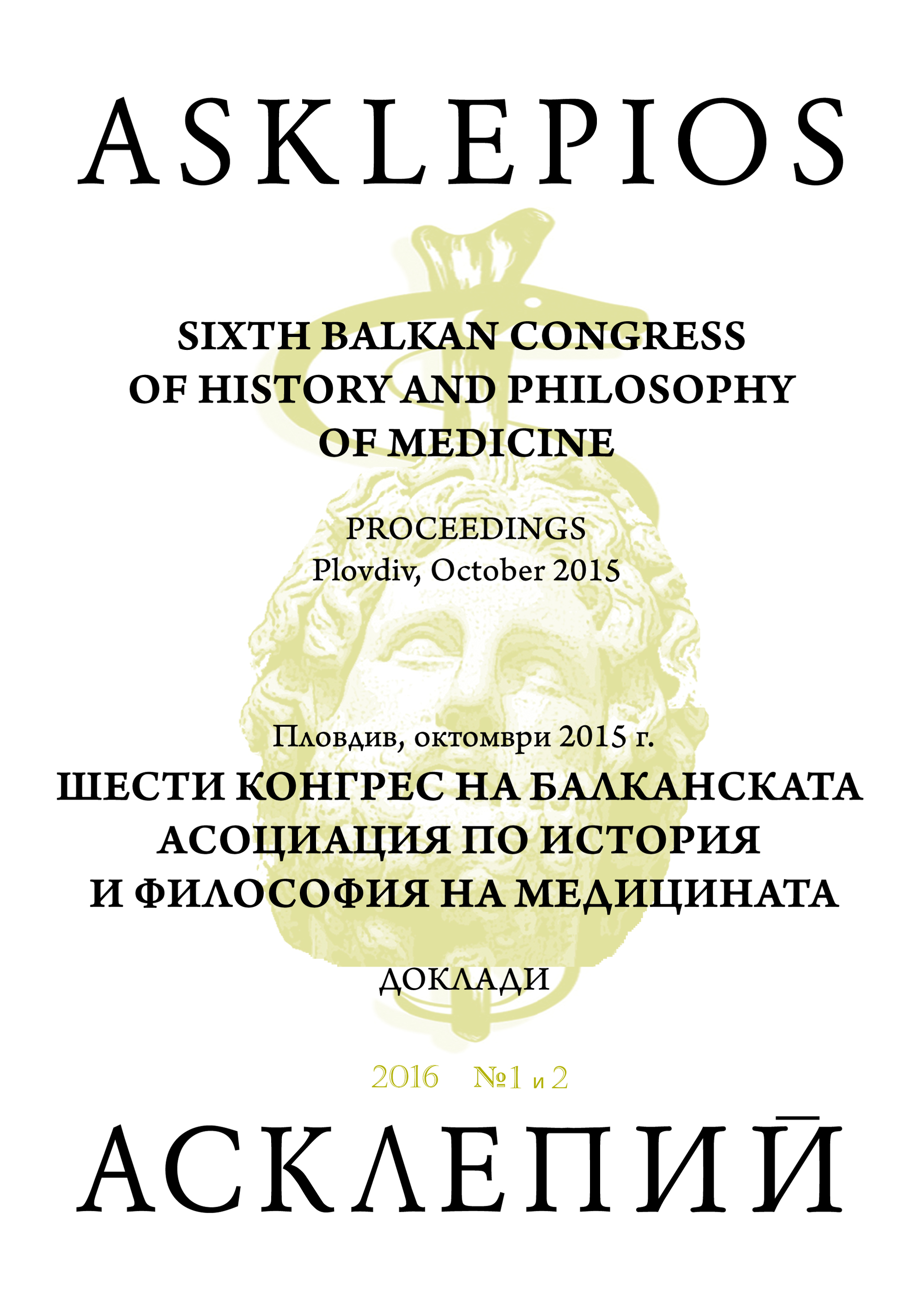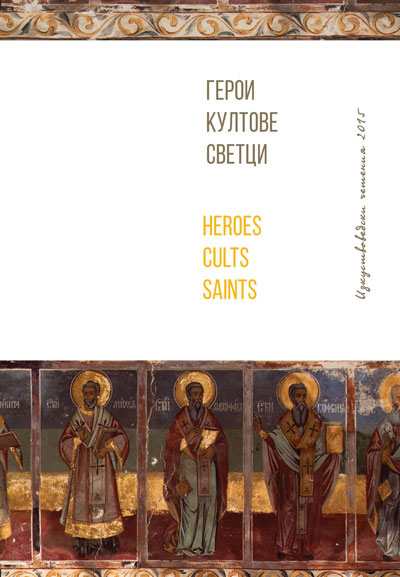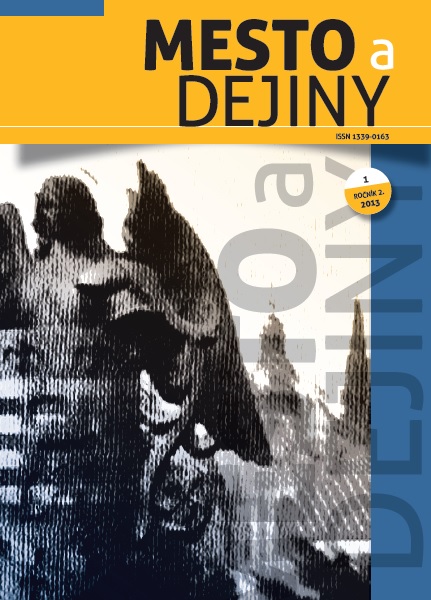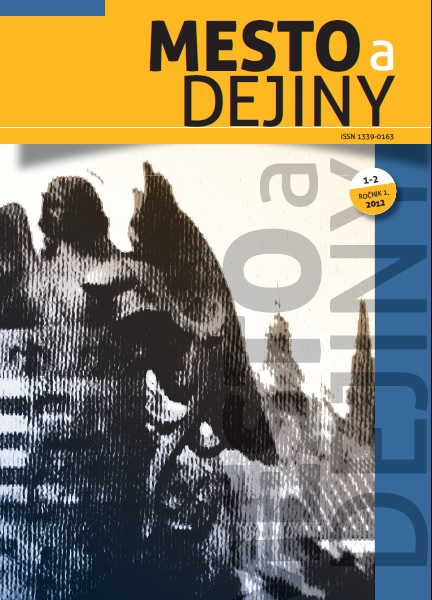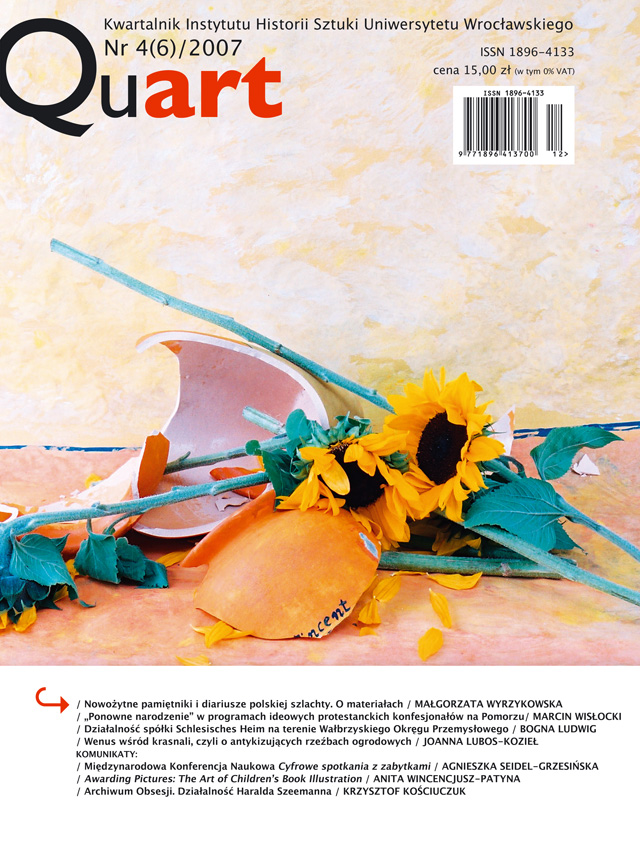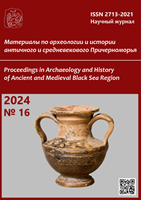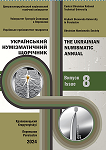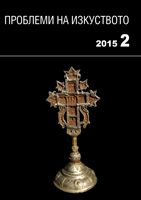
Цикълът на Деянията и Чудесата Христови от притвора на Черепишката манастирска църква „Успение Богородично”
The article treats the iconographic specifics of the cycle of Christ’s acts and miracles at the earliest narthex of the Catholicon of The Assumption, Monastery of Cherepish, which researchers traditionally attribute to the work of St Poemen of Zographou. The study makes also certain observations about their connection with the so-called School of Epirus as evinced in the murals at the Church of St Nicholas of Philanthropenoi in Ioannina, Pamvotida Lake, as well as in other examples in the Balkans and the Athonite monasteries of the age. The analysis shows that the icon-painters were familiar with the models used by the sixteenth-century leading post-Byzantine artistic centres.
More...
